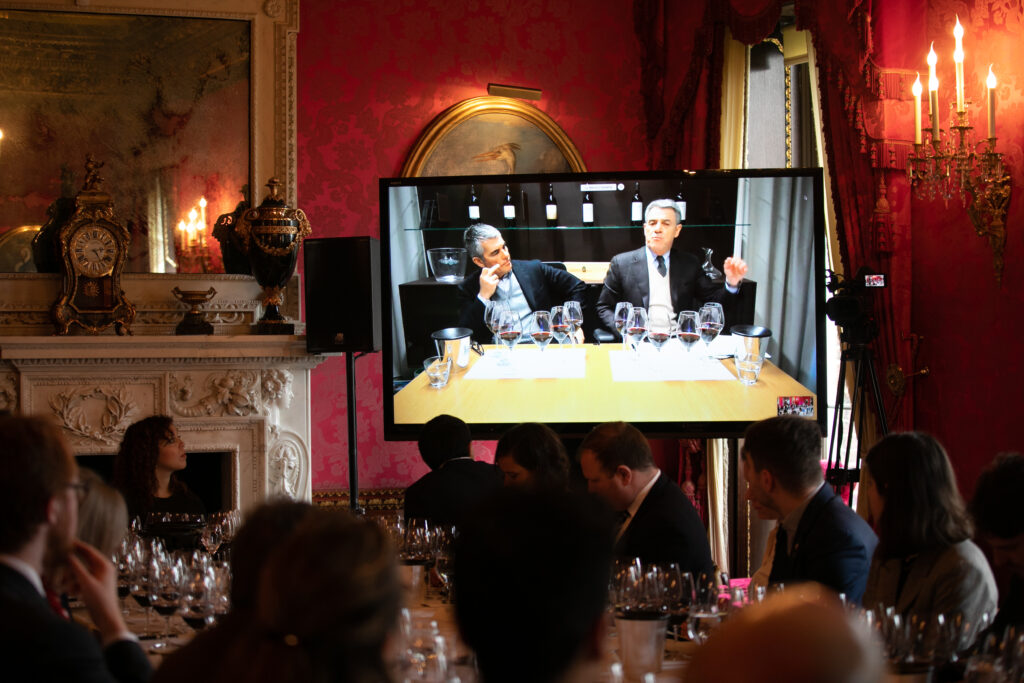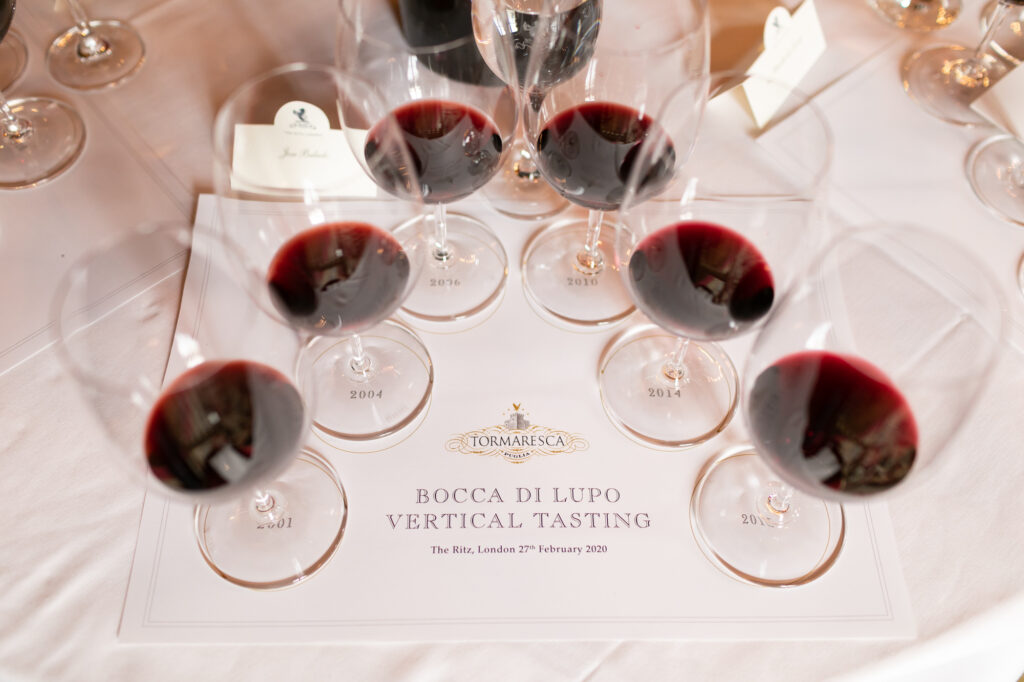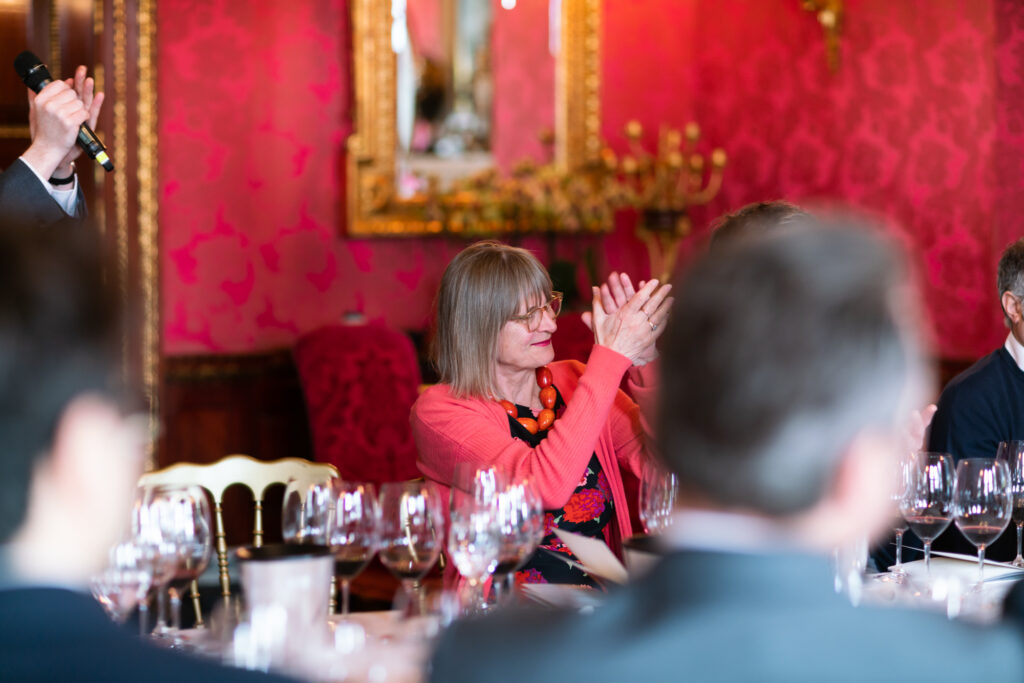Mar
2020
BOCCA DI LUPO: AN AGLIANICO JOURNEY
LONG READ
SETTING THE STAGE AT THE RITZ
On the 26th February a long-awaited event is about to take place at the Ritz in London: a vertical tasting of Bocca di Lupo Tormaresca, the flagship wine of the homonymous estate in Puglia (owned by the Antinori family since 1998).
The host is Renzo Cotarella, the agronomist behind labels like Cervaro della Sala and Tignanello, and today Antinori’s CEO and chief winemaker, while the guests are a selection of sommeliers and wine merchants joined by Jancis Robinson MW, Stephen Brook (Decanter) and Victoria Daskal (World of Fine Wine). Alex Hunt MW, Purchasing Director at Berkmann, is the moderator.
Unfortunately, the unexpected hits in the form of the precautional travel ban decided by the company due to the early stage of the pandemic: Renzo Cotarella can’t make it to London. A creative solution is needed to avoid cancellation, and, in the end, technology saved the day through a smooth videoconference between Bargino (Antinori’s headquarters near Florence) and the Ritz in Mayfair. The virus is (temporarily) defeated and a story is about to unfold.

THE MAIN CHARACTERS: A UNIQUE VARIETY (AGLIANICO) AND A UNIQUE PLACE (CASTEL DEL MONTE)
We are in Puglia, in the Murge area (north of Bari, the capital of the region) and the appellation is Castel del Monte DOC. The king of the grape varieties here is Aglianico and Renzo, first of all, warns everyone: “To talk about Aglianico is rather complex: it is not an easy variety to grow, to make and ultimately to taste”.
Of Greek origin, Aglianico spread many centuries ago in Southern Italy and the three main areas and clonal selections are Taurasi (clay soil, relatively cool, intense and rich character), Vulture (volcanic soil, higher altitude, ripe tannins) and Taburno (richer soil, lighter and fresher style). But Castel del Monte is completely different: the soil is rich in lime and very rocky. “We had to break the rocks with a special machine when we decided to plant more Aglianico”, explains Renzo, “but with limestone you get the most refined wines of the world: Champagne and Burgundy are perfect examples. And grounding the rocks also helped to create a wonderful drainage”.
MANAGING THE TANNINS & THE OAK

Aglianico is a late ripener, especially when it comes to the tannins: “to reach polyphenolic ripeness you need to wait for at least 7 to 10 days after full sugar maturation” explains Renzo, “but the real challenge is to find the right balance between the tannins of the seeds (which can be very aggressive and bitter) and the ones from the skin: we found a method around 6 years ago to eliminate most of the seeds during fermentation and this was the turning point. The wine now is much more approachable, although it remains austere and intense”. But in the end it’s the place that is also very special: “I think the area of Castel del Monte is one of the best places to grow red varieties in the world: of course varieties that like warm climate and, thanks to the unique soil, you can make great wines showing finesse and grace. I have to admit it: I’m in love with the place because at Bocca di Lupo you really feel you have the opportunity to produce a great wine”.
The relation with the oak is also very important and still under investigation as there’s not a lot of experience (unlike for example Cabernet Sauvignon). The choice of the wood always depends on the characteristics of the vintage but, in general, at the beginning French and Hungarian barriques were used but the direction is to use progressively more and more tonneaux (300 to 500 litres). In any case the oak must not be too intrusive in order to let the variety express itself.
Most of the vineyards now are 15 years old, they are all organic (thanks to the strong wind coming from the sea) and cultivated at least at 300 metres above sea level, with rootstocks able to resist the high level of lime and Ph (and for this reason vines have low vigour).
IN SEARCH OF A (WINE) IDENTITY – THE VERTICAL TASTING

The first vintage in the tasting is 2001: “We used the vines we have found at the property when we bought it in 1998, which were planted in the mid ‘80s. It was a great vintage but at the time we didn’t understand well the variety, we were not sure how to handle it and so we added Cabernet Sauvignon to manage the tannins better, but it was a mistake: we realised soon that the wine tasted more like Cabernet than Aglianico, with mint and liquorice flavours that are not typical”. Similar to other noble varieties (like Nebbiolo, Pinot Noir, Nerello Mascalese), Aglianico has a lot of personality and intensity but it needs to be “pure”, it doesn’t like to be blended.
In 2004 the growing season had been long and regular so here the tannins are riper and in great balance with the other components, including a distinctive acidity. According to Renzo the wine shows “grace”: “I prefer to talk about grace, not elegance. It means that it stays in “its perimeter”, without being angular. The aim for us is to make an austere wine (but not rustic) but still able to express its personality”.
2006 was a peculiar vintage. Widely considered a regular one but there was a moment in early September with a really high peak in temperature. “You have wines with plenty of ripe and compact tannins but not astringent, so the wine is a bit thick, and that’s the characteristic of 2006” explains Antinori’s chief winemaker while also admitting: “in a certain sense is less refined, as we couldn’t control the extraction the way we wanted, so this was actually the year when we started thinking of changing the equipment – in this year we started to understand which style we wanted to achieve”.
The turning point in terms of style was 2010: “ we were helped by a great vintage of course but finally we had clear what we wanted: a wine with a lot of intensity, but vertical, with good acidity and with tannins that are more velvety and deep. But deep in terms of taste rather than muscles” reveals Renzo. Thanks to the excellent results in this vintage, he started to think how to modify the winery, a change that will happen two years later: now Bocca di Lupo has a dedicated area in the winery, with trunk conic fermenters that help greatly in obtaining a gentle extraction during fermentation.
A complicated and challenging vintage, 2014 required a stricter selection of the grapes and the wine is (relatively) lighter and showing more red fruit rather than black one, but still very enjoyable and approachable. 2015 is different: a very complete vintage in terms of intensity, acidity and quality of tannins. “With the experience we had in vintages like 2010 and 2012, we were able to maximise the vintage and I think 2015 is an expression of real Aglianico in a great vintage and this means we are in the right direction”, comments Renzo who then adds: “a great wine can’t be just good: it must have character and must have of course identity from the variety but even more from the place. Place makes a difference, there is something you don’t understand why but it’s in your glass, and you taste it”.
FINAL THOUGHTS

Before wrapping up some questions were asked, and one was about the challenge of the climate change. In terms of winemaking it does mean that we have more regular seasons so the quality is more consistent, but the problem is the alcohol: “we need to do something to lower it and there can be many ways. Learning how to manage a vineyard at high altitude, reduce the density, raising the trellis system to allow more ventilation and the choice of rootstocks are all things that we are working on but there is not just one solution, it’s a combination of different elements”.
The very last question was about the reason why and the motivation in tackling Aglianico. “Was an intellectual challenge? A personal experience? It doesn’t seem easy at all if after 15 years you are still talking about learning and understanding the variety, why did you do it?” asked Rupert Berkmann. Renzo smiles: “I must admit I’m rather curious. First of all, it’s a matter of knowledge: what you learn from Aglianico can be used for other varieties. But in this case I just fell in love with the place: I immediately felt a responsibility to try to do something unique, a sort of tribute to the place. I didn’t know anything about the variety but now I think is one of the best varieties we have in the world in terms of character”.
Although Bocca di Lupo is still shining and expressing its character in the glasses, the tasting is over. But surely not the thirst of the Antinori family for new places and new varieties.
Read the rewiews:
Bocca di Lupo vertical via video – World Of Fine Wine
Tormaresca Bocca di Lupo: Antinori’s Puglian outpost – Decanter
